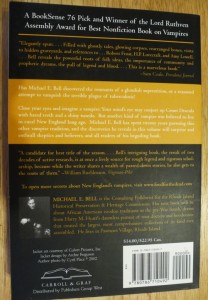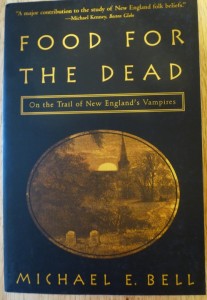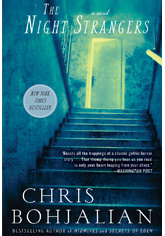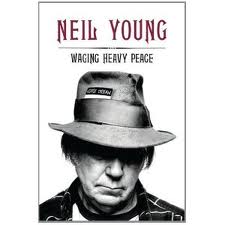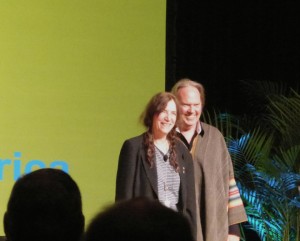Feting Writers at the #PENLiterary Awards2012
Had a great time Monday night at the annual PEN Literary Awards fete, held at the CUNY Graduate Center. After the couple dozen awards were all passed out, I stayed for the reception where I enjoyed visiting with many old book friends and made a few new ones. Publishing pals I spoke with included Kelly Burdick (Melville House), Jane von Mehren (Random House) Tina Pohlman (Open Road), Steve Wasserman (Yale), Richard Nash (Small Demons), Robert Weil (Liveright), Binky Urban (ICM) and Heller McAlpin (NPR, BN Review book critic); the newly met included Liz Van Hoose (Viking), Cary Goldstein (Twelve), and Brigid Hughes (A Public Space). Also enjoyed speaking with authors Dava Sobel, Ron Chernow, and Elinor Lipman. Elinor and I were glad to discover that we have a friend in common: the indomitable, Jenny Allen, actress and inspiration. Elinor has recently published the wickedly clever Tweet Land of Liberty: Irreverent Rhymes from the Political Circus. Here’s an example of Lipman’s rhyming drollery from a few days ago, before the last debate:
Elinor Lipman @ElinorLipman Dear Higher Power, pull some weight/I need Barack to win debate/I know Mitt prays & gives you money/But ain’t his church a little funny?
Speaking of tweets, I tweeted during much of the PEN ceremony, under the hashtag, #PENLiteraryAwards2012, all 16 of which I’m happy to copy & paste in below, starting with the end of the night, back to the beginning, along with photos I took. [Tweets have been edited for clarity.]
Click here to read all my tweets and see photos from the PEN Literary Awards.




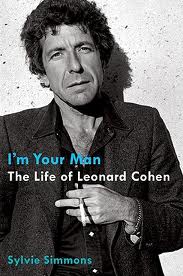
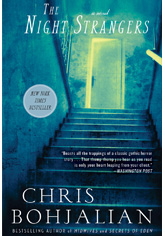
 Great to see that friend and author
Great to see that friend and author 